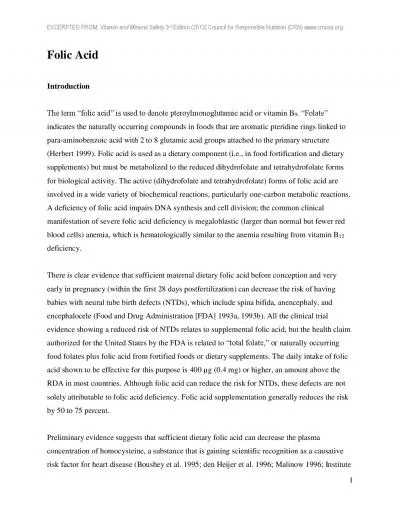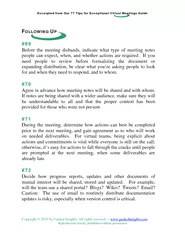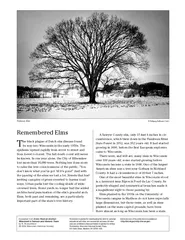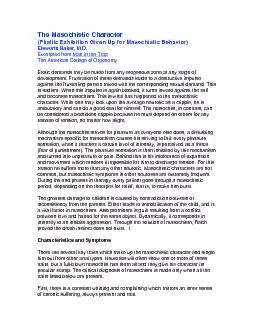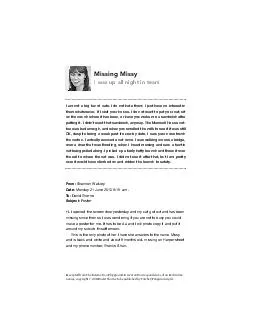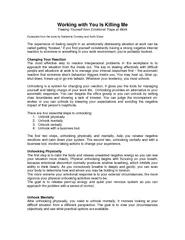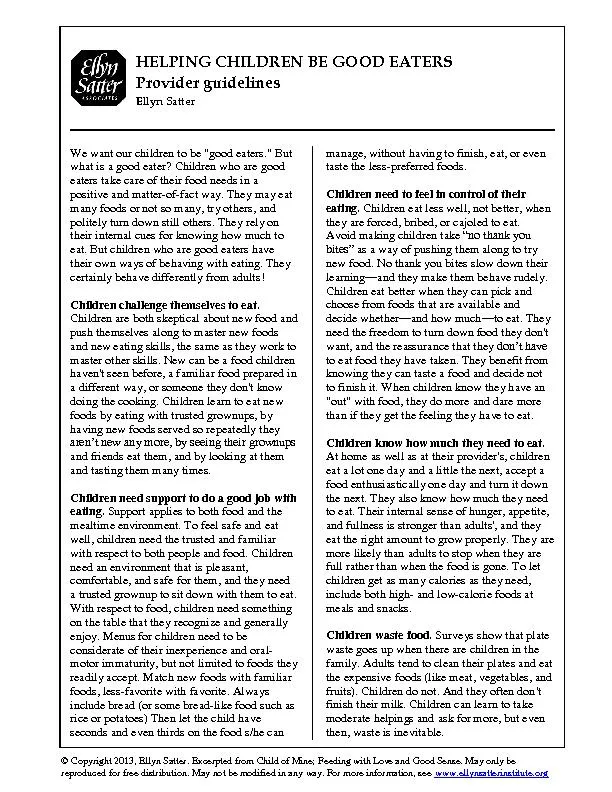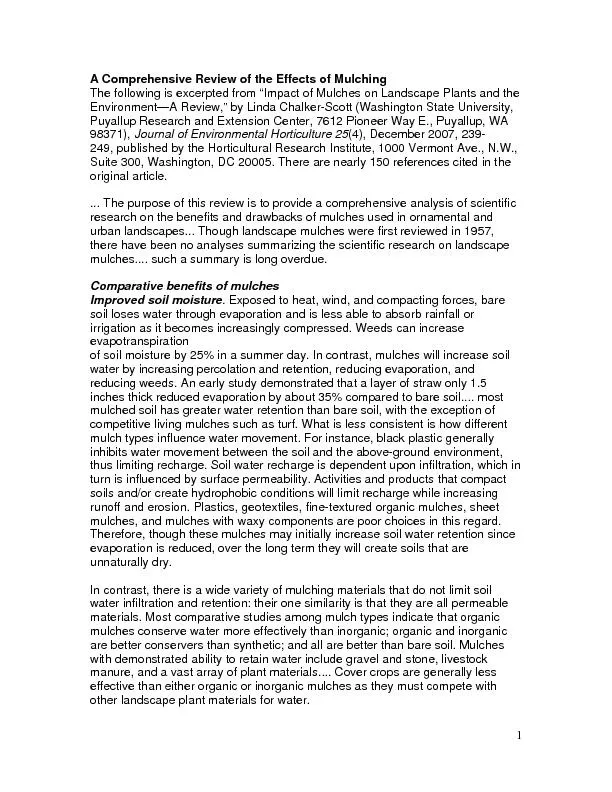PDF-EXCERPTED FROM
Author : berey | Published Date : 2022-09-22
Vitamin and Mineral Safety 3 rd Edition 2013 Council for Responsible Nutrition CRN wwwcrnusaorg 1 Folic Acid Introduction The term folic acid is used to denote pteroylmonoglutamic
Presentation Embed Code
Download Presentation
Download Presentation The PPT/PDF document "EXCERPTED FROM" is the property of its rightful owner. Permission is granted to download and print the materials on this website for personal, non-commercial use only, and to display it on your personal computer provided you do not modify the materials and that you retain all copyright notices contained in the materials. By downloading content from our website, you accept the terms of this agreement.
EXCERPTED FROM: Transcript
Download Rules Of Document
"EXCERPTED FROM"The content belongs to its owner. You may download and print it for personal use, without modification, and keep all copyright notices. By downloading, you agree to these terms.
Related Documents

